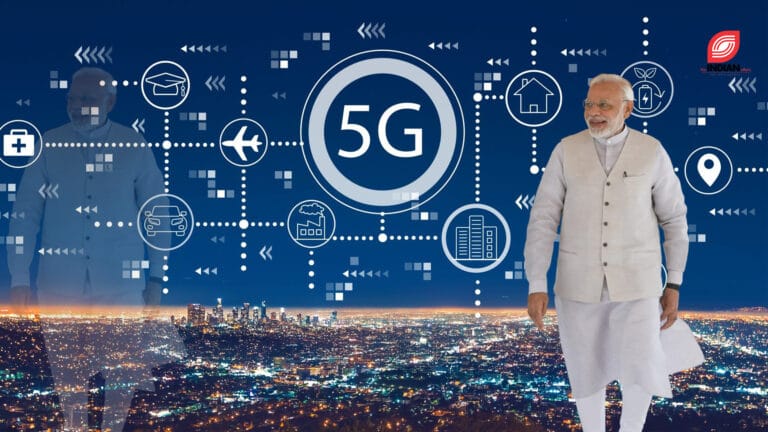
The Telecom Revolution in India has indeed been a transformative journey, reshaping the nation’s socio-economic landscape in profound ways. Beginning in the early 1990s with the liberalization of the Indian economy, the telecom sector saw a significant shift from a state-controlled monopoly to a competitive market environment.
Key factors driving this revolution include:
- Liberalization and Privatization: The government’s decision to liberalize the telecom sector opened the floodgates for private investment and competition. This move ended the era of the state-owned behemoth, Bharat Sanchar Nigam Limited (BSNL), and paved the way for private players like Bharti Airtel, Vodafone Idea, and Reliance Communications.
- Mobile Telephony: The advent of mobile technology revolutionized communication in India, particularly in rural areas where landline infrastructure was scarce. Mobile phones became more affordable, leading to a massive surge in connectivity across the country.
- Affordable Tariffs: Intense competition among telecom operators drove down call and data tariffs, making telecommunication services accessible to the masses. This affordability played a crucial role in democratizing access to communication, empowering individuals and businesses alike.
- Digital Inclusion: The Telecom Revolution played a pivotal role in bridging the digital divide by providing internet access to previously underserved regions. Mobile internet penetration soared, enabling access to information, education, healthcare, and government services.
- Rapid Expansion of Infrastructure: Telecom companies invested heavily in expanding network infrastructure, including towers and optic fiber cables, to cater to the growing demand for connectivity. This infrastructure expansion laid the foundation for India’s digital future.
- Innovation and Entrepreneurship: The Telecom Revolution spurred innovation in mobile technology and services, giving rise to a vibrant ecosystem of startups and entrepreneurs. India became a global hub for mobile app development and digital services, fostering economic growth and employment opportunities.
- Government Initiatives: Initiatives like Digital India and BharatNet further propelled the Telecom Revolution by promoting digital literacy, expanding broadband connectivity, and encouraging e-governance.
The Telecom Revolution in India has not only transformed the way people communicate but has also catalyzed broader socio-economic development. It has empowered individuals, accelerated economic growth, and positioned India as a digital powerhouse on the global stage. However, challenges such as spectrum management, regulatory issues, and the digital divide remain, highlighting the need for continued innovation and investment in the telecom sector.




